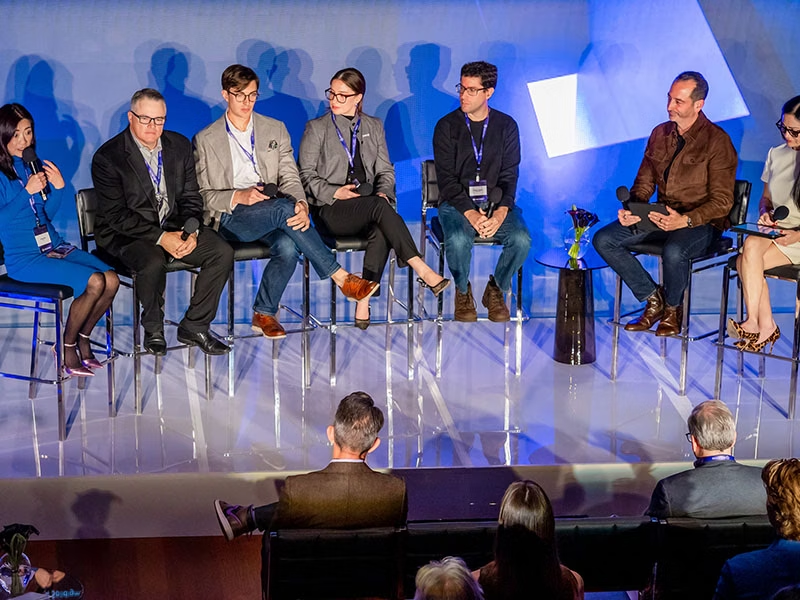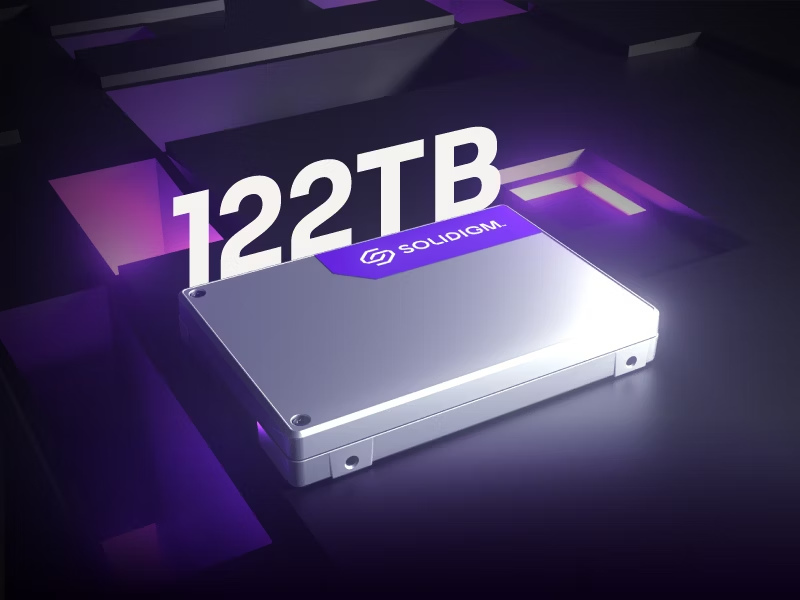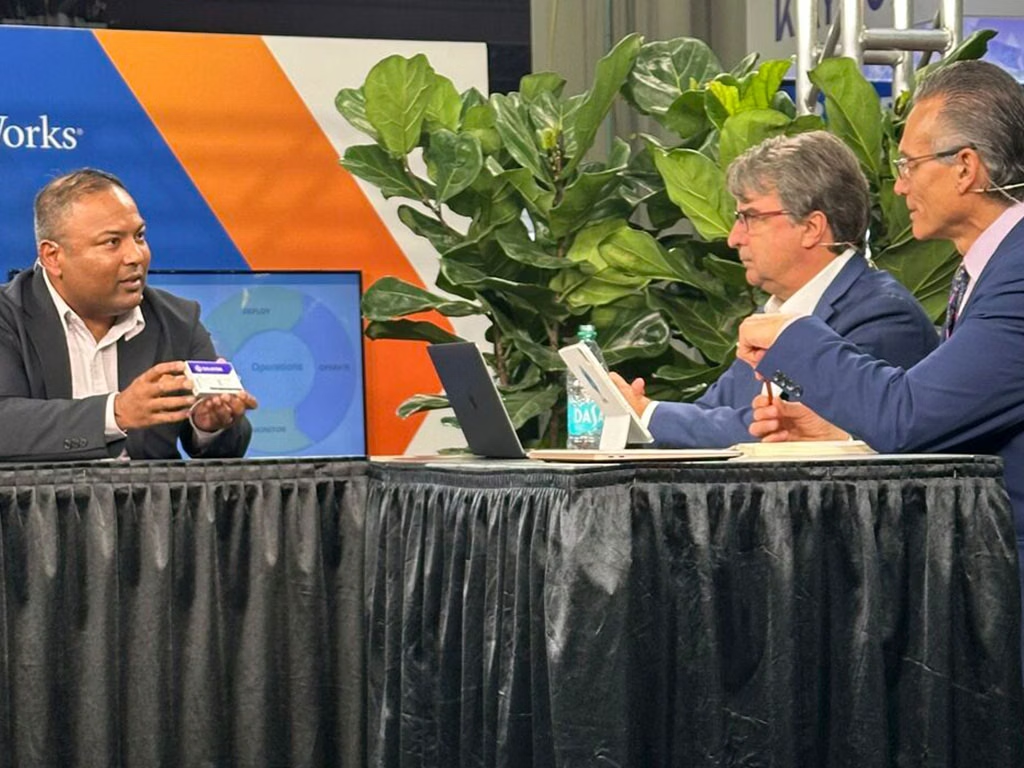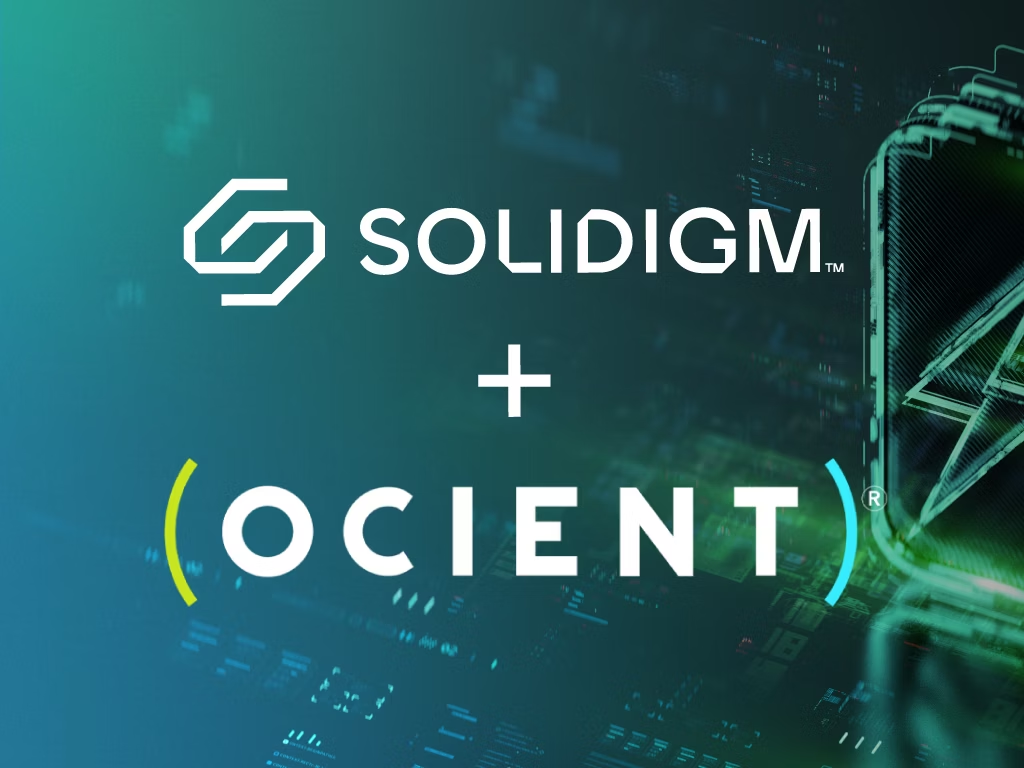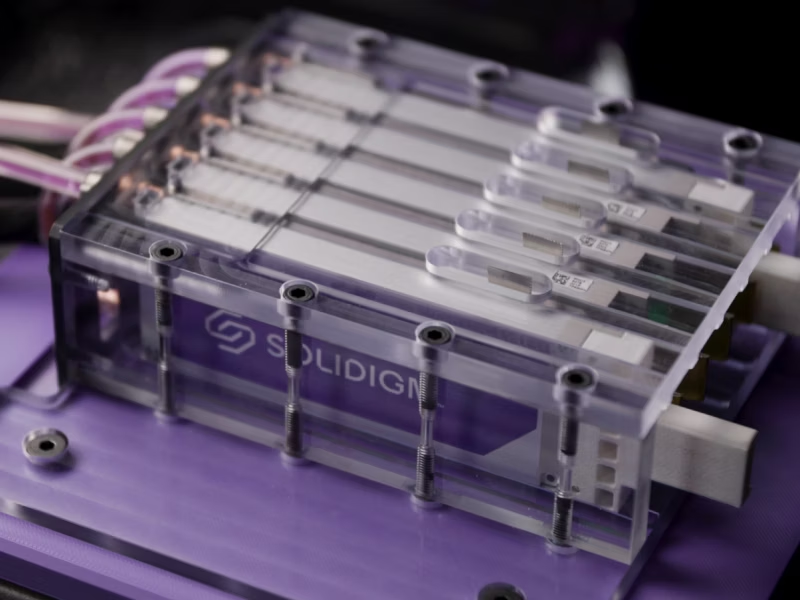How Solidigm Drives the Foundation of Innovation in SSD Packaging Technology

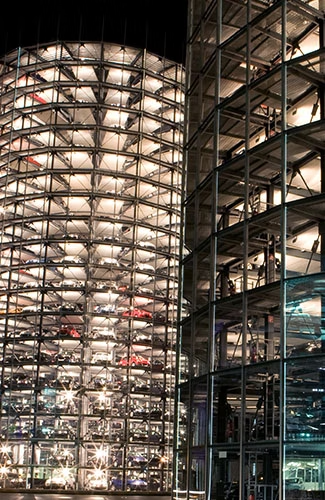
When we talk about SSD technology, one often-overlooked part of the conversation is how SSD media packages impact the evolution of solid-state design. To overcome limits in density and capacity, Solidigm has broken new ground in this foundational skyscraper technology.
In modern semiconductor designs, foundational technology is often unnoticed or taken for granted. However, as we continue to see the evolution of capacity and form factors, the foundation of solid-state drives (SSDs) is becoming more impactful.
When the industry was in its infancy, the SSD was a simple design, even though some say it was overdesigned for its time. As the industry grew, however, the technological evolution of the base foundation had to evolve as well. Often overshadowed by the NAND technology developments, the SSD packaging was just assumed in many ways. Now Solidigm has upended that assumption and created a path to leadership in the market.
Laying the foundations to reach new heights
How is this just becoming news now? It is much like the modern skyscrapers of today. We simply look to see how tall they are. How the stacks or floors make it look so impressive, and in some cases, maybe even scary. But, with all the majesty of being tall or being best or even being first, none of this is possible without the proper foundation. In SSDs, that foundation comes in the form of the packaging of the tall die and the layout of the foundation of the board design. Being able to achieve incredible feats of engineering in the semiconductor world is a true parallel. While the Central Park Tower soars to be the tallest residential building in the world, Solidigm engineers have created the world’s most dense SSD at 122TB in a U.2 form factor.
To accomplish this, Solidigm created the smallest, most dense package currently on the market, thanks to a ground-breaking package design. This required innovation in:
- Die design
- Die thinning
- Die yield
- Die stacking
- Wire bonding
- Mold compound design
As you can see, this was no simple feat. As with a building, it’s similar to finding ways to place power, water, cabling, and other essential elements before pouring concrete. All this work, all this innovation, is often taken for granted.

If you stand in Times Square, and you see a pretty picture of the 122TB Solidigm™ D5-P5336 SSD on the giant billboard, you see the pretty box without giving a thought to its hidden inner workings. Much like Central Park Tower, where you stand at the base of the building and look up. In the same way you won’t comment on the great basement, with SSDs few will refer to the great assembly. But this engineering marvel is something to be explored.

Let’s take a look at some of this innovation. We will break this into three parts: working with die, working with packages, and working with form factors.
1. Working with die
For the first innovation, we should set a baseline with the human hair, which is actually larger in diameter than the items we are stacking. You see, die are now being manipulated and stacked, and packaged in sizes that rival the human hair.
If we put this in perspective, the modern 122TB SSD contains 48 unique packages that all contain 16 die. Each of the die in the package, if we compare them to our building metaphor, is equal in height to one floor of the building. Visualize this as a 16-story building (160 ft) in the size of 1.9mm. This is atomic scaling and design. Unlike most modern buildings that are simply stacked one floor on the next, the die are staggered like a staircase and even cantilevered to allow for connections to the outside world. This innovation of engineering continues to overcome the challenge as we get to 24 and even 32 die stacked in the same package height. So now visualize cramming a 32-story building into a 16-story footprint—no high ceilings here! Even modern construction engineers cannot figure out how to get more levels in less space than an average person’s height.
2. Working with packages
The second innovation is the package itself. There are many considerations and possible points of failure, much like a building foundation. Does the die pass all testing before and after stacking? Imagine if Floor 10 of a 100-story building became inaccessible. That would be a nightmare. You would be unable to get off the elevator to get access to your physical belongings. The same is true for a package with 24 or more unique die inside. You must be able to access your data on each die.
We must have a way to connect them all. This is not like locking blocks. It is a smooth surface mounted to another smooth surface with glue drops smaller than that human hair we were just talking about. Then we use pure gold to connect each of these 24 die to the base layer, or the package basement.
Once this connection is in place, we wrap this design with mold compound, also known as semiconductor concrete. And we need to get it into all those nooks and crannies. We know what happens with air pockets in concrete structures. It has similar catastrophic effects on semiconductors.
3. Working with form factors
Now we move to our third innovation; how to package the package into its form factor. This is another feat of engineering by Solidigm team members, who were able to fill a precisely designed space with as much capacity as possible. This becomes the complete 122TB SSD solution of today and leads the way to the 250TB+ designs of the future.
Solidigm has led the way in creating unique solutions across industries by participating, donating, and developing new standards. We enable our customers to take advantage of the most competitive and interoperable storage solutions on the market.
How Solidigm is laying foundation for future innovation
As we begin to ship the next generation form factors, it is clear that Solidigm has developed the optimal way to consume the space. The success of our customers drives the passion of our engineers and planners, looking to further innovate the growth of data storage and solidify Solidigm’s leadership in the industry.

The next time you look up at a skyscraper, remember that beneath your feet is a true marvel of the modern world: the work to create a solid foundation for the stability and durability of a building. The next time you look at that SSD in your data center, your edge platform, or wherever you deploy it, recognize that if it says Solidigm on the label, you can rest assured that significant expertise, time, energy, and design of that drive’s foundation is coming from a proven leader in the data center SSD market.
About the Author
Scott Shadley is Director of Leadership Narrative and Evangelist at Solidigm, where his focus is on efforts to drive adoption of new storage technologies, including computational storage, storage-based AI, and post-quantum cryptography. Scott brings over 25 years of experience in the semiconductor and storage space, where he has played a key role in both engineering and customer-focused roles.
